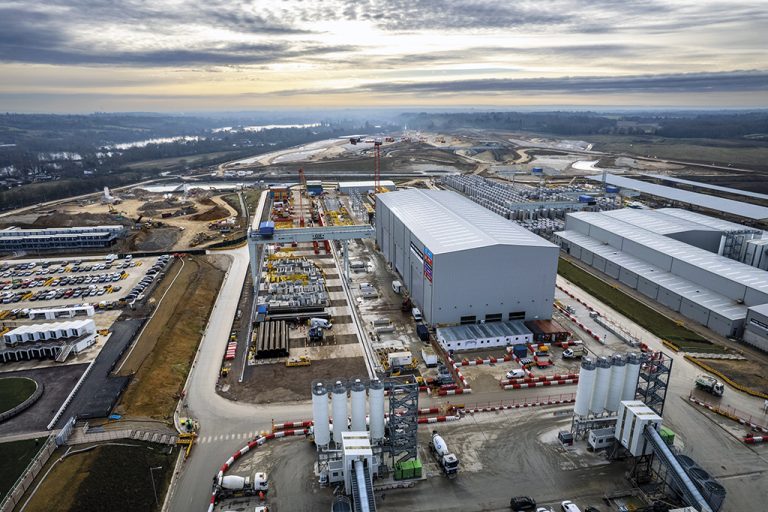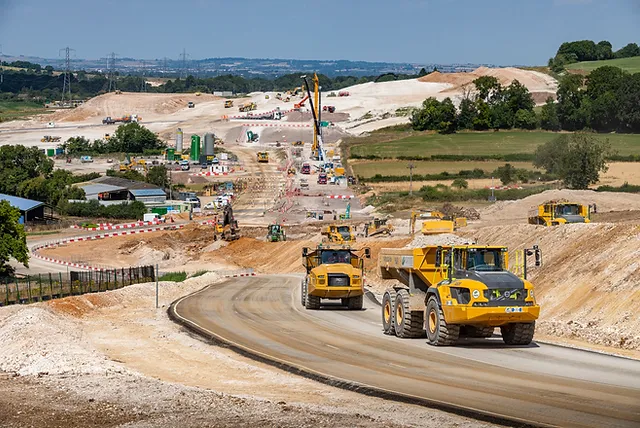Southdowns was commissioned to install an unattended noise monitoring system in and around Dubai International Airport (DXB) and to undertake a baseline noise study of DXB noise emissions over a 6 month period.
The baseline noise study forms part of an Environmental Social Impact Assessment (ESIA) and the determination of environmental conditions around DXB during the initial phase of DXB’s Strategic Plan 2020.
Ten unattended noise monitoring station were setup to monitor air traffic arriving into and departing from DXB. The noise monitoring stations were installed at the end of each runway and within the grounds of three Secondary Schools, Al Baraha Hospital, Mushrif Park and residential communities located around DXB.
The noise monitoring equipment comprises 10 no. Rion NA-37 environmental noise monitors each equipped with a sound event detection facility, which uses a combination of sound level threshold, duration, direction and Secondary Surveillance Radar (SSR) data for the detection and isolation of aircraft sound events. The SSR module also facilitates the identification of individual aircraft’s ICAO addresses which can be used to obtain specific details about the aircraft.
The NA-37 is equipped with a NA-83 sound level meter and a MS-11 microphone, which has an in-built sound source that enables remote field calibration checks to be made.
A Virtual Private Network (VPN) was setup to enable remote connectivity to the 10 no. NA-37 noise monitoring units and the remote download of noise level, vector and audio data to a central workstation. Fibre Optic connectivity was installed at each noise monitoring site to provide the required broadband bandwidth and data transfer speeds for the reliable and stable transfer of the noise monitor data.
Environmental sensors with email alert facilities were installed within air conditioned enclosures housing the NA-37 units to monitor air temperatures and relative humidity inside the enclosures.




